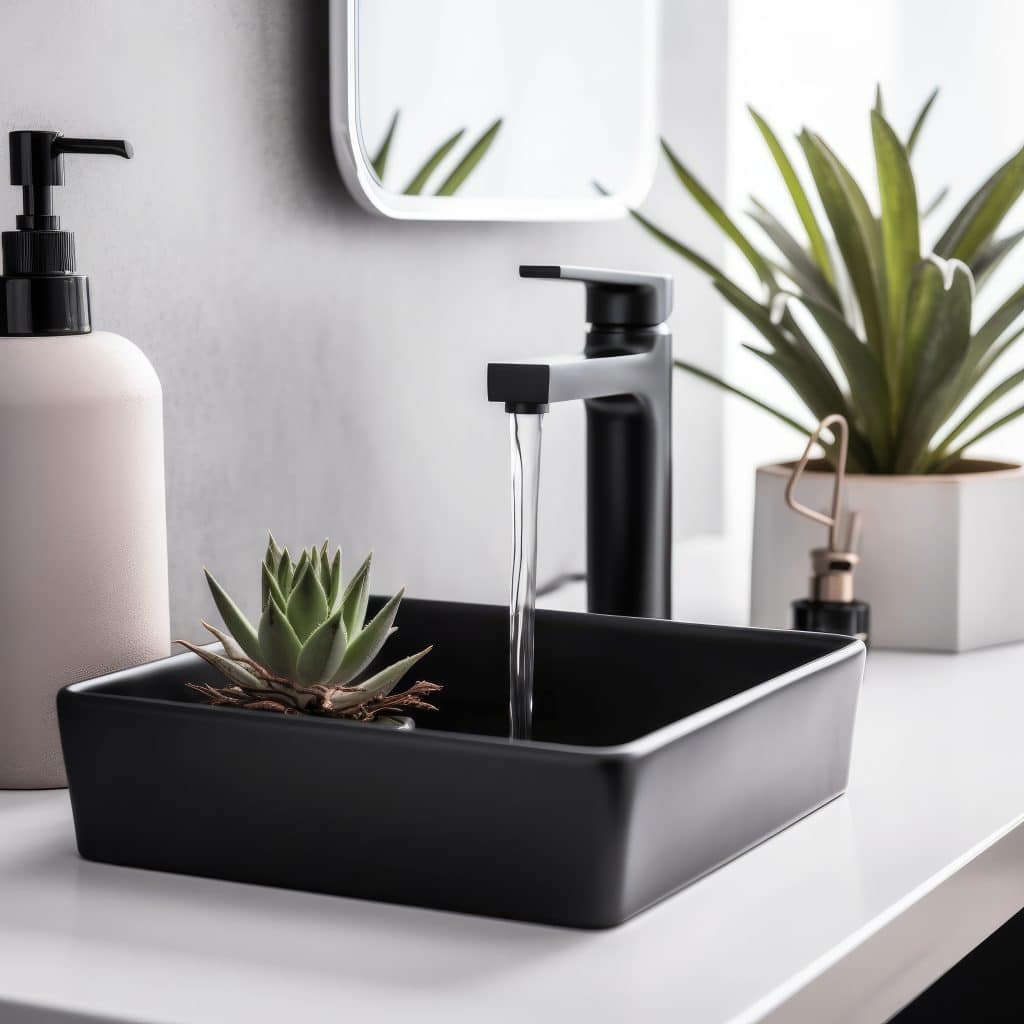Tiles are a beloved flooring option for various areas of our homes. From the glossy bathroom tiles that greet us every morning to the kitchen tiles that withstand our culinary adventures, they’ve become integral to modern living. One of the biggest challenges homeowners face, however, is keeping these tiles looking fresh and new. That’s where tile floor refinishing comes into play.

Why Refinish Your Tiles?
1. Cost-Effective Home Improvement
Kitchen remodeling and bathroom remodeling are among the most sought-after home improvement projects. But they can be costly. Tile floor refinishing offers an economical alternative to completely replacing tiles, giving the same refreshed appearance at a fraction of the cost.
2. Visual Appeal
Over time, tiles lose their luster. Scratches, discolorations, and wear patterns can make them appear old. Refinishing can rejuvenate them, making your bathroom or kitchen look nearly brand new.
3. Improved Durability
Applying a floor sealant as part of the refinishing process can extend the life of your tiles. This protective layer wards off stains and scratches, ensuring the tiles last longer.
Dive Deeper: Tile Floor Refinishing Process
Grout Restoration
One of the initial steps involves restoring the grout between tiles. This process cleans out old, stained grout and can even involve re-grouting to ensure a seamless and clean appearance.
Tile Repair
Before polishing or resurfacing, any chipped, cracked, or damaged tiles are repaired or replaced. This ensures a uniform finish when the entire floor is refinished.
Ceramic Tile Resurfacing
For homes with ceramic tiles, this process involves sanding down the tile’s surface and applying a new finish. This gives the tile a fresh, new look without needing a replacement.
Tile Polishing
This step enhances the natural shine of the tile. Whether it’s bathroom tiles or kitchen tiles, polishing ensures they gleam as if they were just installed.
Application of Floor Sealant
Finally, a protective sealant is applied. This creates a barrier against potential damage, ensuring the longevity of the refinishing job.
Maintaining Your Newly Refinished Tiles
- Regular Cleaning: Use mild detergents and ensure no water remains stagnant. This prevents staining and premature wear.
- Avoid Harsh Chemicals: They can erode the sealant and damage the tile’s finish.
- Place Mats: In high-traffic areas, mats can reduce the wear on tiles.
FAQ About Tile Floor Refinishing
1. How long does tile floor refinishing last?
Generally, if well-maintained, a refinished tile floor can last anywhere from 10 to 15 years. However, the lifespan can vary based on traffic and care.
2. Can all types of tiles be refinished?
Most tiles, including ceramic and porcelain, can be refinished. However, it’s best to consult with a professional to determine suitability for unique tile types.
3. How long does the refinishing process take?
For an average-sized room, the entire process may take 2 to 3 days, depending on the services required.
Conclusion
Tile floor refinishing is a game-changer for homeowners who want to breathe new life into their worn-out kitchen and bathroom tiles. By encompassing tile repair, grout restoration, and the application of protective sealants, this process ensures that your home retains its beauty and functionality without the hefty price tag of complete remodels.

